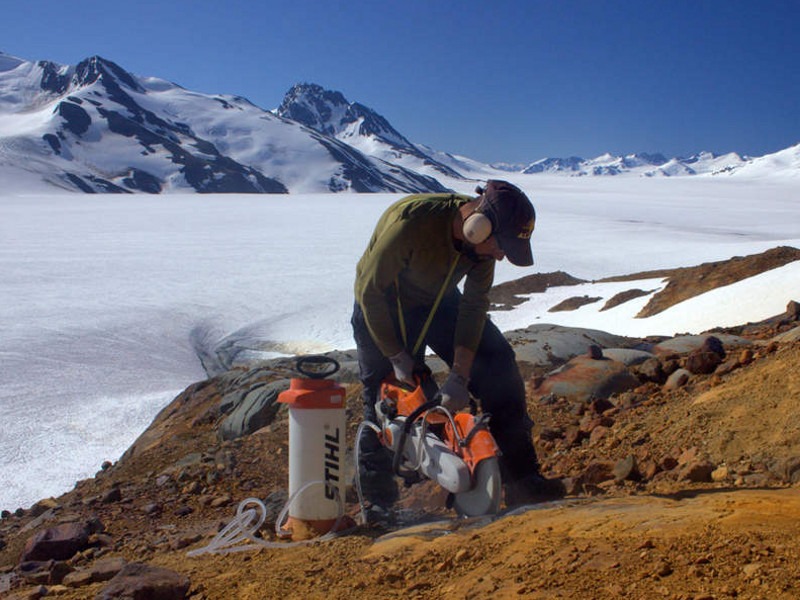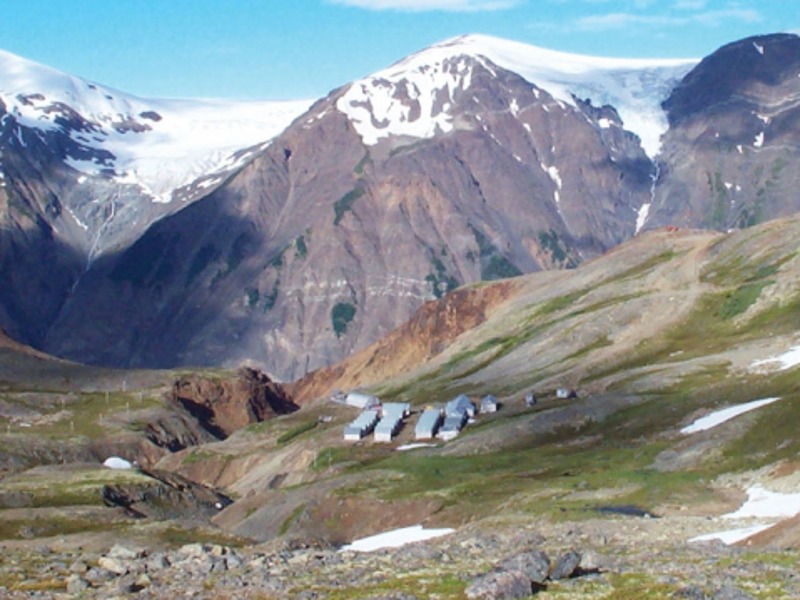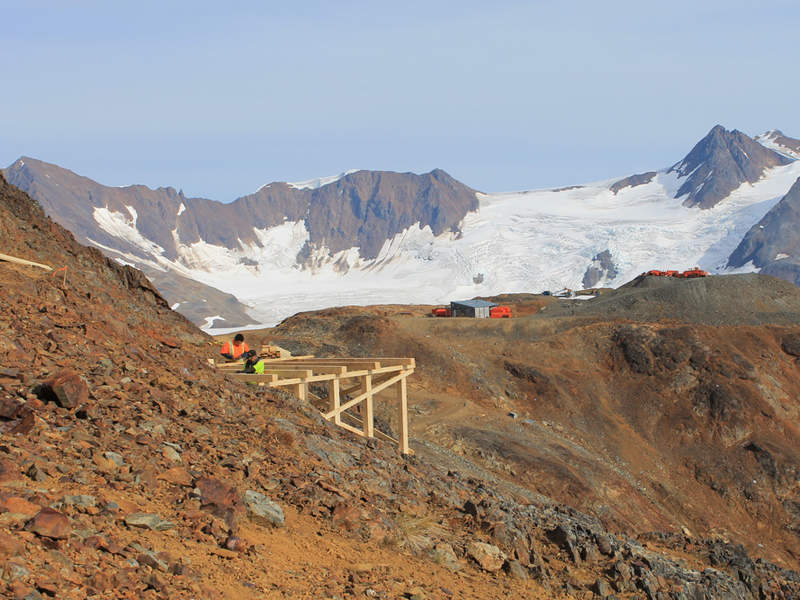Red Mountain gold project is a high-grade gold-silver project under development in British Columbia, Canada. Ascot Resources is the project owner, which gained ownership of the project through the acquisition of IDM Mining in January 2019.
Ascot proposes to merge its Premier gold project with the Red Mountain project to become a leading gold and silver development and exploration company in the Golden Triangle region of British Columbia.
Feasibility study of the Red Mountain gold project was completed in July 2017, while the Canadian Environmental Assessment Agency (CEAA) approved the mine’s environmental assessment study in January 2019.
Production from the project is expected to be commenced by 2020. The mine is expected to produce an average of 78,000 ounces of gold through its estimated mine life of six years.
Project Gallery
-

Red Mountain underground gold project is located in the Golden Triangle of British Columbia, Canada. Image courtesy of Red Mountain Project.
-

First gold from the Red Mountain mine is anticipated to be produced in 2020. Image courtesy of SRK Consulting.
-

Environmental approval for the project was granted by the Canadian Environmental Assessment Agency (CEAA) in January 2019. Image courtesy of Red Mountain Project.
Red Mountain underground gold project location, geology and mineralization
Located in north-west British Columbia, the Red Mountain gold mine is located approximately 15km from the town of Stewart.
It was discovered in 1989 and previously operated and developed by a number of companies including LAC, Barrick, Royal Oak, and Seabridge.
Extending in 17,125ha, the project is located on the western margin of the Stikine terrain in the Intermontane belt. The terrain comprises sedimentary, volcanic, and clastic rocks of the Hazelton group, Bowser Lake group, and the Stuhini group.
Most of the gold and silver mineralization is hosted in the pyrite-rich stockwork zones, comprising coarse-grained pyrite masses, breccia matrix pyrite, sericite, altered Hillside porphyry, and coarse-grained pyrite veins.
Gold mineralization is mostly contained in native gold grains, electrum, petzite, and a variety of gold tellurides and sulphosalts.
Red Mountain project reserves
As of March 2019, the Red Mountain gold-silver project was estimated to contain measured, indicated, and inferred resources of 1,83Mt, 943,400t, and 316,000t respectively.
Mining and ore processing
Sub-level longhole stoping and cut and fill methods of mining are proposed to be used at the underground project. The former will be applied to mine steeper dipping zones and the latter for shallower dipping areas.
The project will deploy three portals - upper and lower portals for mine access and one ventilation portal.
Ore will be trucked to a 1,000t/d processing plant, located approximately 11km from the mine, where it will undergo three stages of crushing, ball milling, and two stages of grinding. The grinded ore will be moved for the pre-leach thickening and carbon-in-leach (CIL) processes.
The resultant product will undergo acid-wash, stripping, and electro-winning processes to produce gold and silver doré. Tailings generated by the processing plant will be stored in the tailings management facility (TMF).
Other infrastructure facilities at Red Mountain
Access to the project is through a 15km-long access road from Highway 37A, while a 11km-long road from the processing plant will be used to access the upper and lower mining portals.
Power supply for the project will be provided by BC Hydro’s 138kV power transmission line located near the access road.
Contractors involved
JDS Energy & Mining was engaged for the preliminary economic assessment (PEA) and feasibility study (FS) of the Red Mountain underground gold project, while ARSENEAU Consulting updated the mineral resource estimates as part of the FS.
IDM Mining and BC Hydro engaged Allnorth for identifying means to save energy at the Red Mountain gold-silver project, in September 2018.
Alpine Solutions Avalanche Services, Knight Piesold, and PHC were responsible for mapping and risk analysis of avalanche mitigation and geohazards.
SRK Toronto prepared the independent engineering study of the project.
